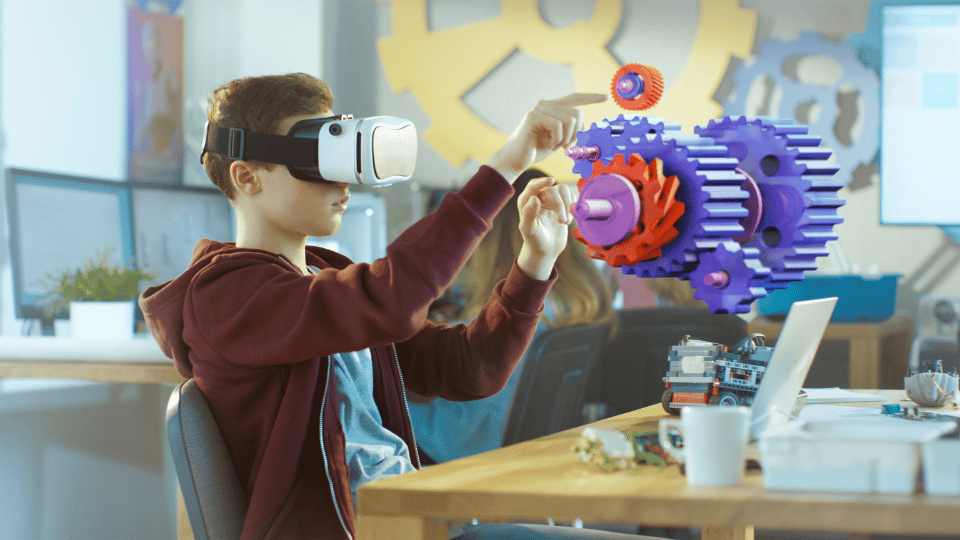The Transformative Impact of 3D Learning in Schools
Explore the transformative impact of 3D learning in schools with this blog.
In the ever-evolving landscape of education, 3D learning has emerged as a game-changer, especially in STEM (Science, Technology, Engineering, and Mathematics) education. Teachers across the USA are witnessing firsthand the transformative effects of integrating 3D technology into their classrooms. But what makes 3D learning so impactful?

A Glimpse into 3D Learning Implementations
At the 2015 Iowa STEM Summit, VIVED Learning had the opportunity to delve into the world of STEM education and its advancements. Among the many success stories shared, one that stood out was the North Cedar Community School District’s adoption of 3D learning tools. Recognizing the immense potential of 3D learning, North Cedar integrated a 3D system to enhance student engagement in their STEM curriculum.
The Power of 3D Learning: By the Numbers
A comprehensive study conducted in 2010 by Professor Anne Bamford sheds light on the tangible benefits of 3D teaching. The “Learning in Future Education” project compared the outcomes of 2D and 3D learning methods, revealing some compelling statistics:
Performance Improvement: Post-test results showed a 52% improvement for 2D learners, while a staggering 86% improvement was observed for 3D learners.
Enhanced Attention: The use of 3D technology boosted student attention levels from 50% to an impressive 94%.
Improved Retention: Students exposed to 3D learning not only remembered more content but also recalled it with greater detail compared to their 2D counterparts.
Why 3D Learning Resonates with Students
A significant 85% of students prefer visual and hands-on learning methods. 3D technology caters precisely to this preference, offering dynamic visual aids that make complex concepts more accessible. Beyond just test scores, 3D learning fosters:
Interactive Classrooms: 3D tools promote active participation, leading to lively classroom discussions and collaborative problem-solving.
Deeper Comprehension: With 3D visuals, abstract ideas become tangible, allowing students to grasp intricate topics with clarity.
In Conclusion: 3D Learning in Schools
3D learning in schools is not just a technological trend; it’s a pedagogical revolution. As educators in the USA continue to embrace this innovative approach, they’re not only enhancing the learning experience but also preparing students for a future where technology and education go hand in hand.
At VIVED Learning, we empower students and teachers with innovative, interactive STEM resources. Our platform contains over 1000+ fully dissectible 3D models, across STEM subjects such as Anatomy, Chemistry, Engineering, Biology and more.
Book a call with our expert team today to learn how VIVED can boost your students engagement and learning outcomes!
Like this blog? Check out our blogs on the best STEAM learning resources and study apps!





